Home>Gardening & Outdoor>Landscaping Ideas>How Often To Fertilize Zoysia Grass
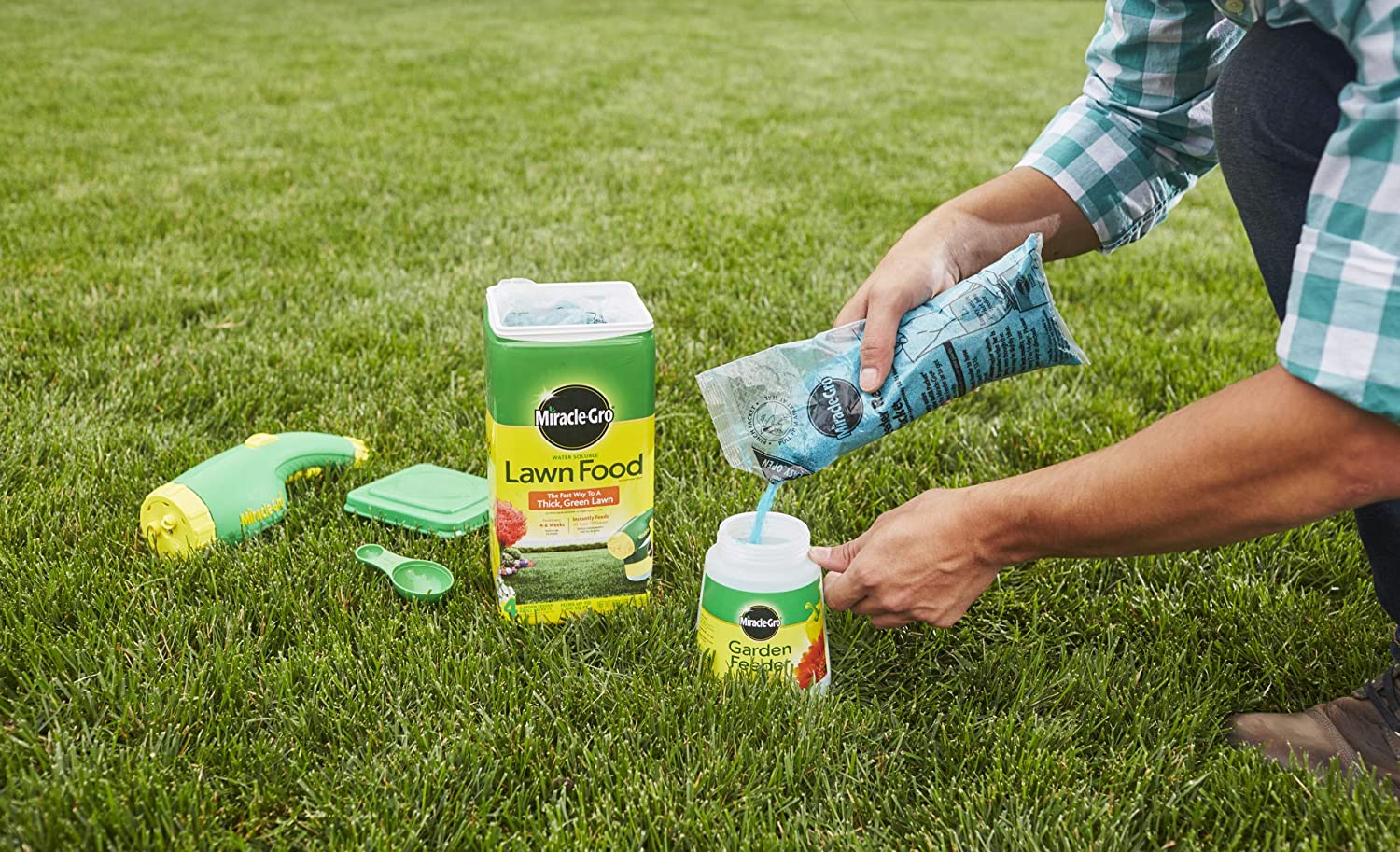

Landscaping Ideas
How Often To Fertilize Zoysia Grass
Modified: February 18, 2024
Discover the best fertilization schedule for Zoysia grass in your landscaping. Learn expert tips for a lush, healthy lawn. Get started today!
(Many of the links in this article redirect to a specific reviewed product. Your purchase of these products through affiliate links helps to generate commission for Storables.com, at no extra cost. Learn more)
Introduction
Are you the proud owner of a lush and vibrant Zoysia grass lawn? If so, you understand the importance of proper maintenance to keep it looking its best. One crucial aspect of caring for Zoysia grass is fertilization. Determining how often to fertilize your Zoysia grass can significantly impact its health, appearance, and resilience.
In this comprehensive guide, we will delve into the nuances of Zoysia grass fertilization, providing you with valuable insights and practical tips to ensure your lawn remains a stunning focal point of your outdoor space. Whether you're a seasoned lawn care enthusiast or a novice homeowner looking to elevate your landscaping game, this article will equip you with the knowledge needed to make informed decisions about fertilizing your Zoysia grass effectively. Let's embark on this enlightening journey to uncover the secrets of nurturing a thriving Zoysia grass lawn.
Key Takeaways:
- Zoysia grass needs fertilization in early spring, mid-spring, early summer, late summer, and early fall to maintain its lush appearance and resilience, with slow-release fertilizers being the best choice for sustained nourishment.
- Factors like soil nutrient levels, growth phases, climate, and grass health influence the frequency of fertilizing Zoysia grass, requiring homeowners to tailor their approach for optimal results and a vibrant lawn.
Read more: How Often To Water Zoysia Grass
Understanding Zoysia Grass
Zoysia grass, known for its lush, dense growth and tolerance to heat and drought, is a popular choice for lawns in warm climates. Its fine texture and ability to form a luxurious, carpet-like turf make it a sought-after option for homeowners seeking a visually appealing and low-maintenance lawn solution.
This warm-season grass variety thrives in full sun and exhibits excellent resilience in the face of foot traffic, making it a superb choice for lawns, golf courses, and parks. Its slow vertical growth also reduces the frequency of mowing, adding to its allure for those seeking a low-maintenance yet visually striking lawn.
One of the key attributes of Zoysia grass is its efficient nutrient uptake, which contributes to its lush green appearance and overall health. Understanding the unique characteristics of Zoysia grass is essential for devising an effective fertilization strategy that caters to its specific needs. By comprehending the growth patterns, nutrient requirements, and seasonal behavior of Zoysia grass, you can optimize your fertilization efforts to promote vigorous growth and a vibrant green hue throughout the growing season.
Now that we have gained a foundational understanding of Zoysia grass, let’s explore the factors that influence the frequency of fertilization for this resilient and visually captivating turfgrass variety.
Factors Affecting Fertilization Frequency
When determining how often to fertilize Zoysia grass, several crucial factors come into play, influencing the frequency and timing of fertilization to ensure optimal growth and vitality. Understanding these factors is pivotal in devising a tailored fertilization schedule that aligns with the unique requirements of Zoysia grass. Let’s explore the key factors that impact the frequency of fertilization for this resilient warm-season grass:
- Soil Nutrient Levels: The nutrient content of the soil, particularly nitrogen, phosphorus, and potassium, directly influences the fertilization needs of Zoysia grass. Conducting a soil test can provide valuable insights into existing nutrient levels, guiding the formulation of a targeted fertilization plan to address any deficiencies and maintain balanced soil fertility.
- Growth Phase: Zoysia grass undergoes distinct growth phases, with varying nutrient demands during each stage. Understanding these growth phases, including the active growth period and dormancy, enables homeowners to adjust their fertilization frequency to align with the grass’s specific nutritional requirements at different times of the year.
- Climate and Weather Conditions: The local climate, temperature fluctuations, and precipitation patterns play a pivotal role in determining the frequency of fertilization for Zoysia grass. Warmer regions with longer growing seasons may necessitate more frequent fertilization to sustain vigorous growth, while cooler climates with shorter growing periods may require a different approach to fertilization timing and frequency.
- Grass Health and Appearance: Regular visual assessments of the Zoysia grass lawn can provide valuable cues regarding its overall health and appearance. Monitoring factors such as color, density, and growth patterns can help homeowners gauge the grass’s response to previous fertilization applications, thereby informing decisions about the frequency and formulation of future fertilization treatments.
- Environmental Stressors: External stressors, such as heavy foot traffic, pest infestations, or environmental challenges, can impact the nutrient uptake and vitality of Zoysia grass. Adjusting the fertilization frequency and formulation in response to these stressors can help fortify the grass against potential damage and promote robust regrowth.
By considering these influential factors, homeowners can tailor their approach to fertilizing Zoysia grass, ensuring that the grass receives the necessary nutrients at the right intervals to maintain its lush, resilient, and visually captivating attributes. With a solid grasp of the factors affecting fertilization frequency, we can now explore the recommended fertilization schedule for nurturing a thriving Zoysia grass lawn.
Fertilize zoysia grass 2-4 times per year, starting in early spring and ending in late summer. Use a slow-release fertilizer with a 3-1-2 or 4-1-2 ratio of nitrogen, phosphorus, and potassium.
Recommended Fertilization Schedule
Developing a well-calibrated fertilization schedule is essential for nurturing a healthy and vibrant Zoysia grass lawn. By aligning the timing and frequency of fertilization with the grass’s specific nutritional needs, homeowners can promote robust growth, lush greenery, and overall resilience throughout the growing season. Here’s a recommended fertilization schedule tailored to the seasonal requirements of Zoysia grass:
- Early Spring: As Zoysia grass emerges from dormancy and begins its active growth phase, an application of a balanced, slow-release fertilizer with a higher nitrogen content can kickstart the greening process and support vigorous growth. Aim to fertilize in early spring, once the soil temperature reaches approximately 65°F (18°C), fostering a healthy and lush start to the growing season.
- Mid-Spring: A second round of fertilization in mid-spring can further bolster the grass’s nutrient reserves, sustaining its lush appearance and vigorous growth. Opt for a slow-release fertilizer with a balanced formulation to provide sustained nourishment throughout the season, reinforcing the grass’s resilience and vibrant green hue.
- Early Summer: As the heat intensifies and the grass enters its peak growth phase, a light application of nitrogen-rich fertilizer can help sustain the grass’s vigor and color. Be mindful of watering the lawn after fertilization to facilitate nutrient absorption and mitigate the risk of stress due to heat and dry conditions.
- Late Summer: With the onset of late summer, a moderate application of fertilizer can fortify the grass against potential stressors, such as heat and foot traffic, while sustaining its visual appeal and overall health. Opt for a slow-release fertilizer to provide continuous nourishment and minimize the risk of nutrient leaching during periods of heavy rainfall.
- Early Fall: As the growing season transitions, a final round of fertilization in early fall can help replenish the grass’s nutrient reserves and support robust root development, enhancing its ability to withstand winter dormancy and emerge vigorously in the following spring.
By adhering to this tailored fertilization schedule, homeowners can optimize the health and visual allure of their Zoysia grass lawn, ensuring that it remains a stunning centerpiece of their outdoor landscape. However, it’s important to monitor the grass’s response to fertilization and adjust the schedule based on specific environmental conditions and the grass’s individual needs. With a well-crafted fertilization schedule in place, let’s delve into best practices for fertilizing Zoysia grass to maximize the efficacy of each application.
Best Practices for Fertilizing Zoysia Grass
Fertilizing Zoysia grass involves more than just applying nutrients to the lawn; it requires a strategic and attentive approach to ensure that the grass receives the nourishment it needs to thrive. By incorporating best practices into the fertilization process, homeowners can maximize the effectiveness of each application while promoting the long-term health and beauty of their Zoysia grass lawn. Here are essential best practices for fertilizing Zoysia grass:
- Utilize Slow-Release Fertilizers: Opt for slow-release fertilizers to provide a steady and sustained supply of nutrients to the Zoysia grass, promoting even growth and minimizing the risk of nutrient runoff or leaching. These formulations offer long-lasting nourishment, reducing the frequency of applications while supporting the grass’s overall health.
- Follow Recommended Application Rates: Adhere to the recommended application rates specified on the fertilizer packaging, ensuring that you provide the grass with the appropriate amount of nutrients without overapplication, which can lead to potential environmental issues and grass stress.
- Water After Fertilization: After applying fertilizer, water the lawn lightly to facilitate the absorption of nutrients into the soil and minimize the risk of stress on the grass due to concentrated fertilizer contact. Adequate watering helps distribute the nutrients and promotes efficient uptake by the Zoysia grass.
- Consider Soil Test Results: Conduct periodic soil tests to assess the nutrient levels and pH balance of the soil. By leveraging these insights, homeowners can tailor their fertilization approach to address any deficiencies and maintain optimal soil fertility, promoting the sustained health and vibrancy of the Zoysia grass.
- Monitor Environmental Conditions: Take into account weather patterns, temperature fluctuations, and moisture levels when scheduling fertilization applications. Avoid fertilizing during periods of extreme heat or drought, as this can stress the grass and impede nutrient absorption, leading to potential damage.
- Employ Seasonal Adjustments: Tailor the fertilization schedule based on the specific needs of Zoysia grass during different seasons. Adjust the timing and frequency of applications to align with the grass’s growth phases and nutritional demands, optimizing the effectiveness of each fertilization treatment.
- Regular Lawn Maintenance: Incorporate regular mowing, aeration, and dethatching into your lawn care routine to complement fertilization efforts. These practices promote optimal nutrient absorption, root development, and overall turf health, enhancing the impact of fertilization on the Zoysia grass lawn.
By integrating these best practices into the fertilization regimen, homeowners can elevate the health, resilience, and visual appeal of their Zoysia grass lawn, fostering a vibrant and enduring outdoor oasis. With a solid grasp of best fertilization practices, let’s conclude our exploration of fertilizing Zoysia grass.
Read more: When To Fertilize My Zoysia Grass
Conclusion
Caring for Zoysia grass involves a delicate balance of nurturing its unique attributes while addressing its specific nutritional needs. By understanding the factors influencing fertilization frequency, implementing a well-crafted fertilization schedule, and embracing best practices, homeowners can cultivate a stunning Zoysia grass lawn that serves as a captivating centerpiece of their outdoor landscape.
Throughout our journey, we’ve uncovered the intrinsic qualities of Zoysia grass, celebrated for its dense growth, heat tolerance, and low-maintenance appeal. We’ve delved into the influential factors that dictate the frequency of fertilization, from soil nutrient levels to climate considerations, empowering homeowners to tailor their fertilization approach to the grass’s individual requirements.
With a recommended fertilization schedule in hand, homeowners can strategically nourish their Zoysia grass lawn throughout the growing season, ensuring that it remains vibrant, resilient, and visually striking. By adhering to best practices such as utilizing slow-release fertilizers, monitoring environmental conditions, and following soil test recommendations, homeowners can optimize the impact of fertilization while promoting the long-term health of their Zoysia grass.
As you embark on your journey to fertilize Zoysia grass, remember that each application is an opportunity to nurture the beauty and vitality of your lawn. By infusing your approach with care, attention to detail, and a deep understanding of Zoysia grass’s unique characteristics, you can cultivate a thriving outdoor oasis that brings joy and natural splendor to your everyday life.
So, whether you’re witnessing the lush greenery of early spring or fortifying the grass against the rigors of late summer, your commitment to fertilizing Zoysia grass with precision and care will yield a bountiful and enduring landscape that enriches your outdoor living experience for years to come.
Frequently Asked Questions about How Often To Fertilize Zoysia Grass
Was this page helpful?
At Storables.com, we guarantee accurate and reliable information. Our content, validated by Expert Board Contributors, is crafted following stringent Editorial Policies. We're committed to providing you with well-researched, expert-backed insights for all your informational needs.

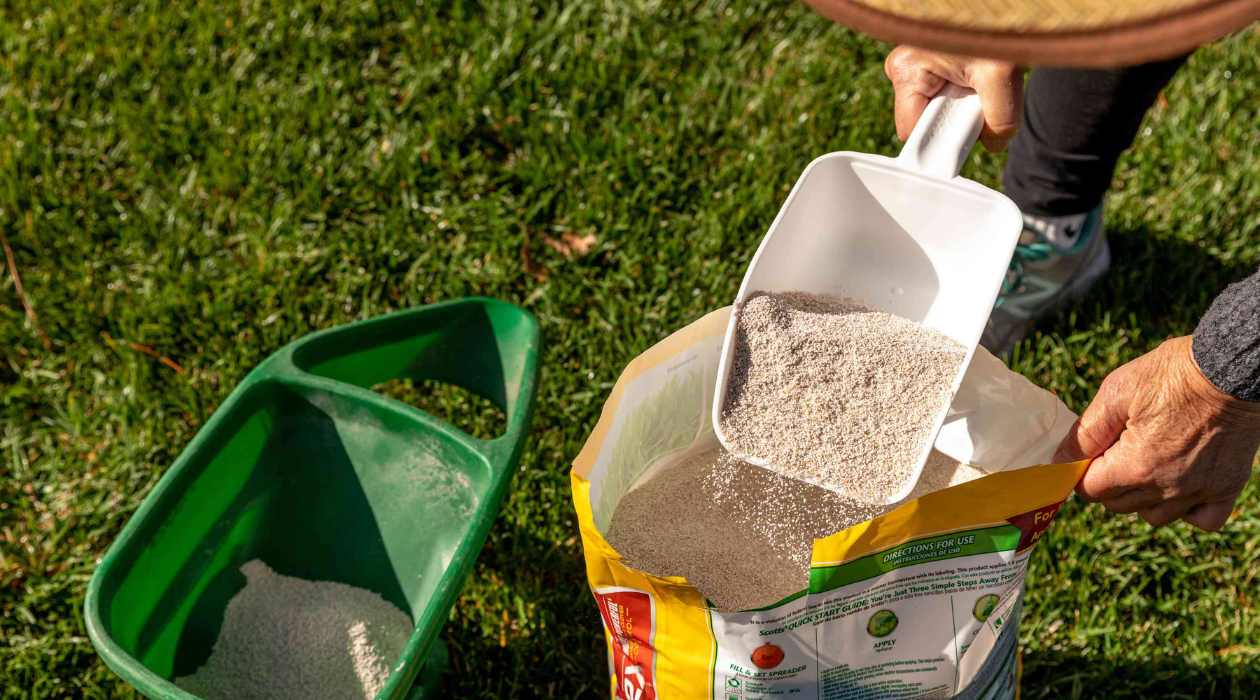
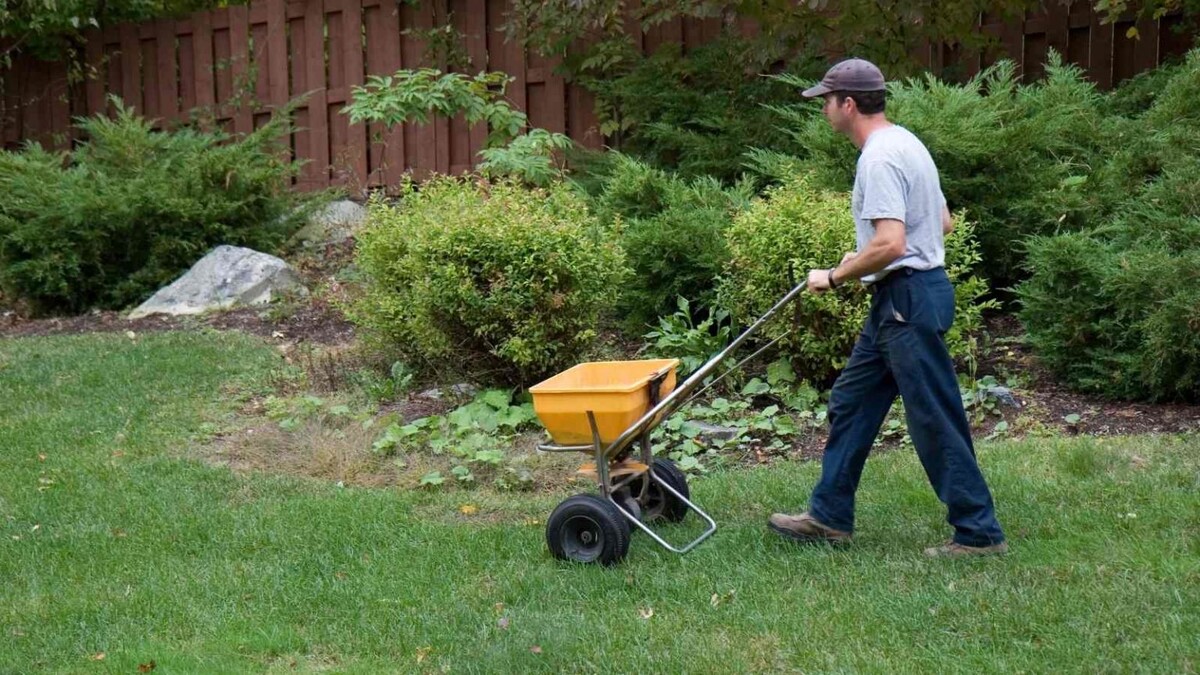
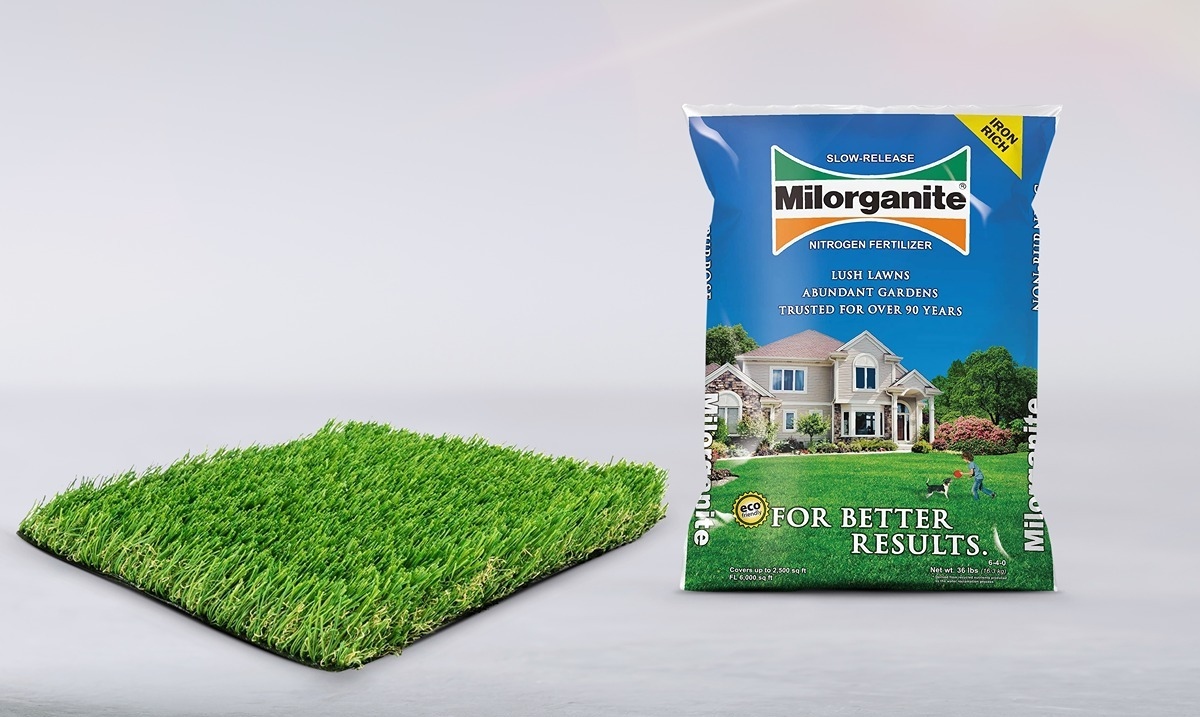
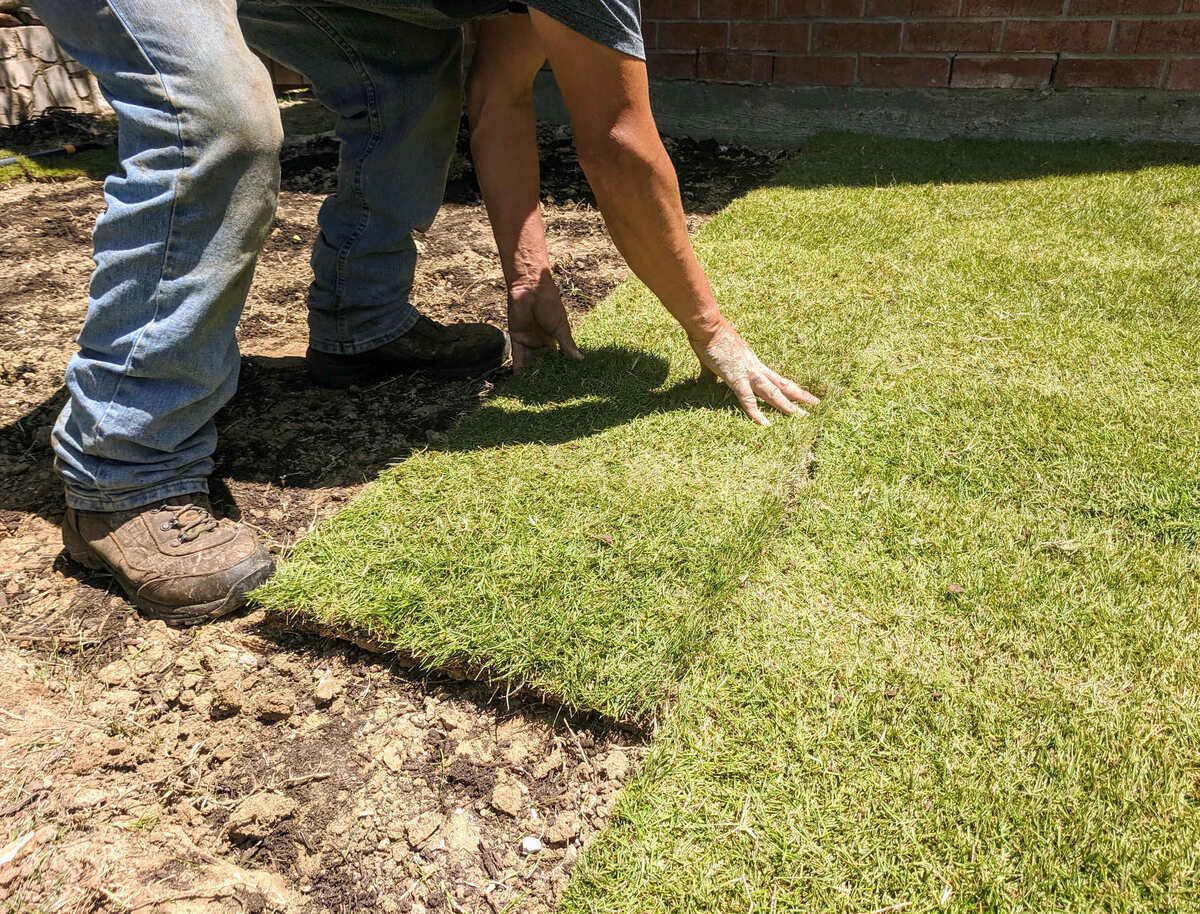
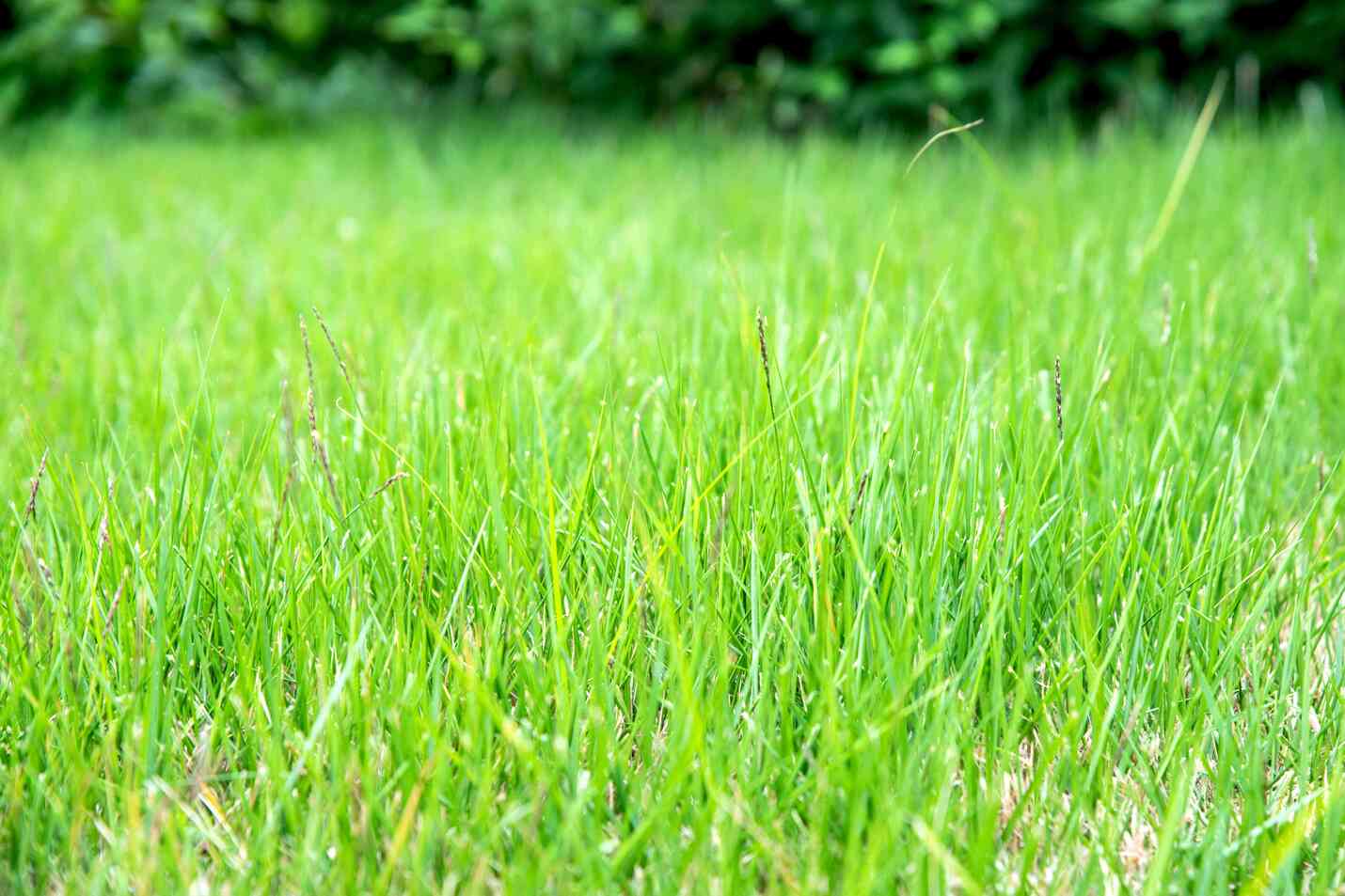
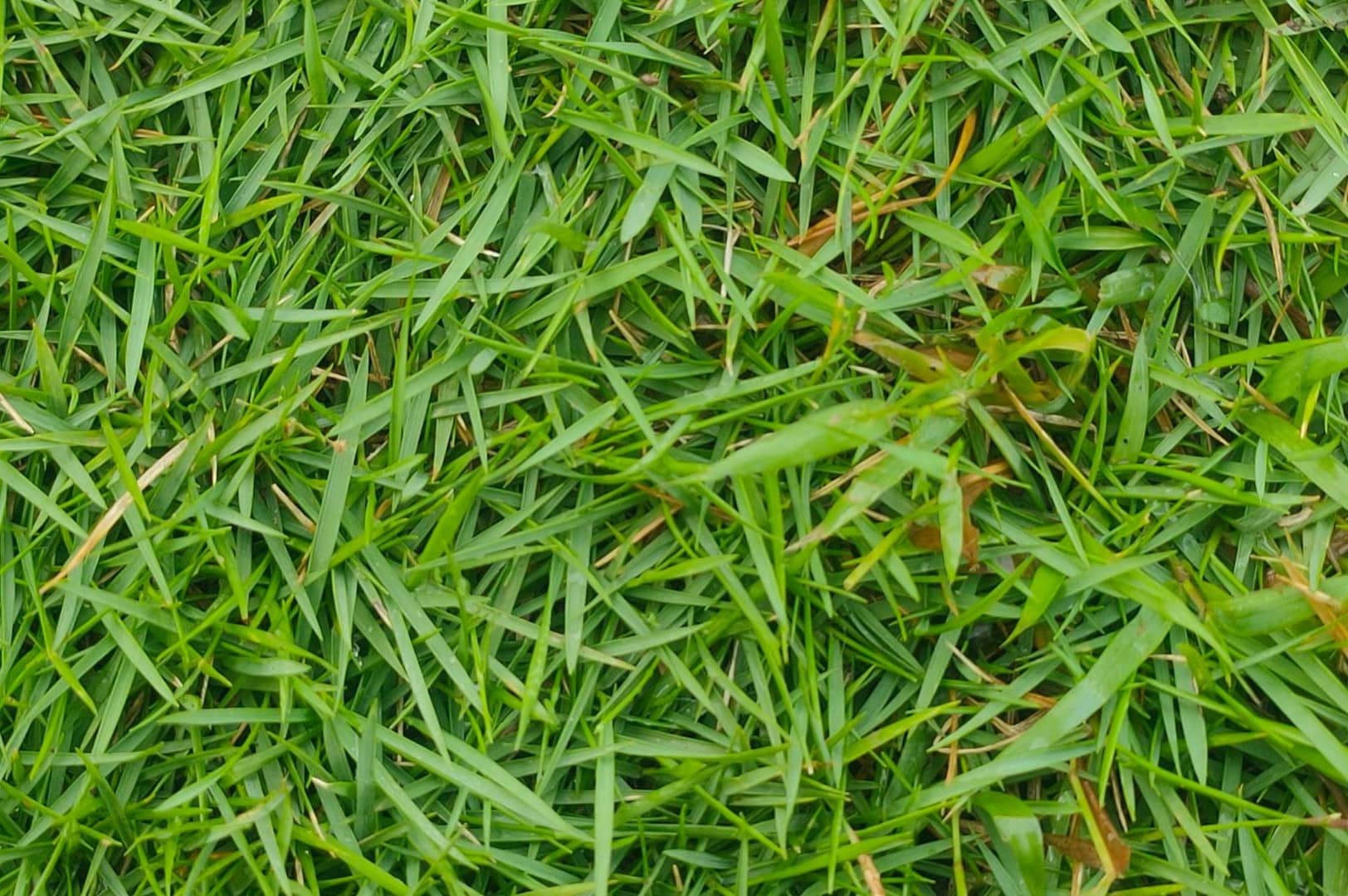
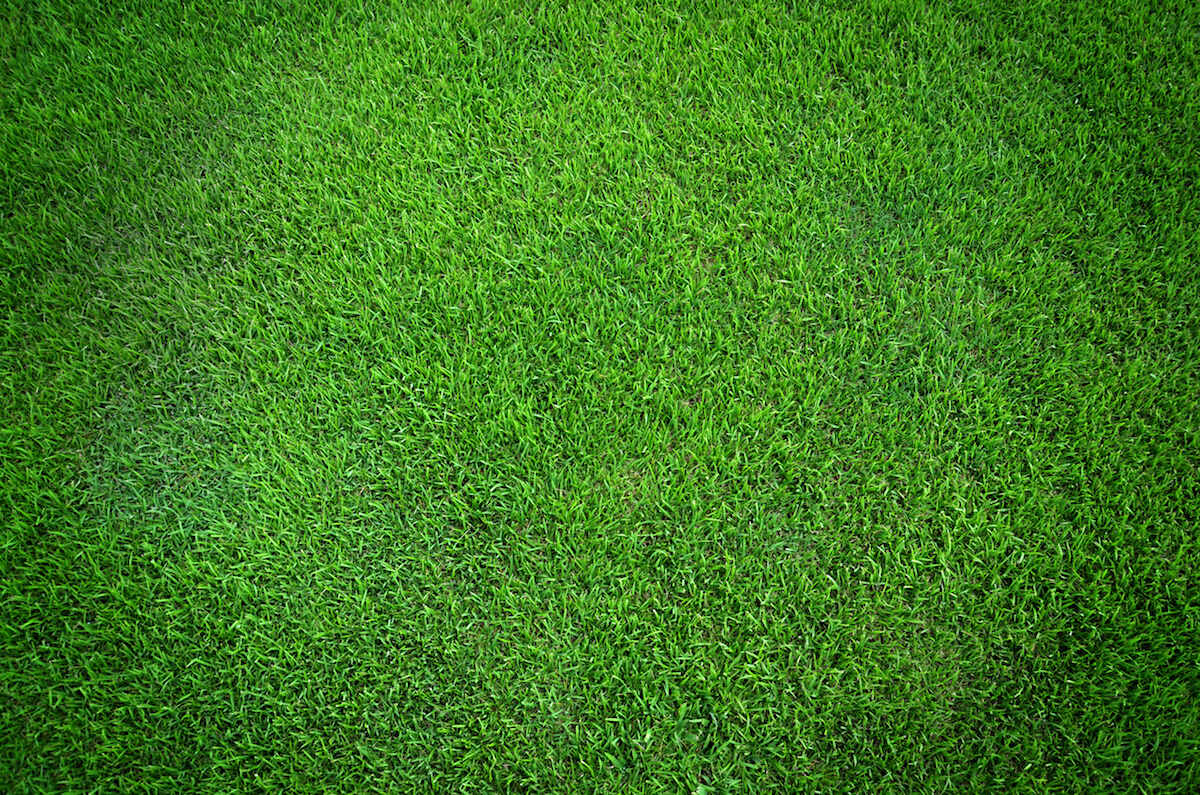
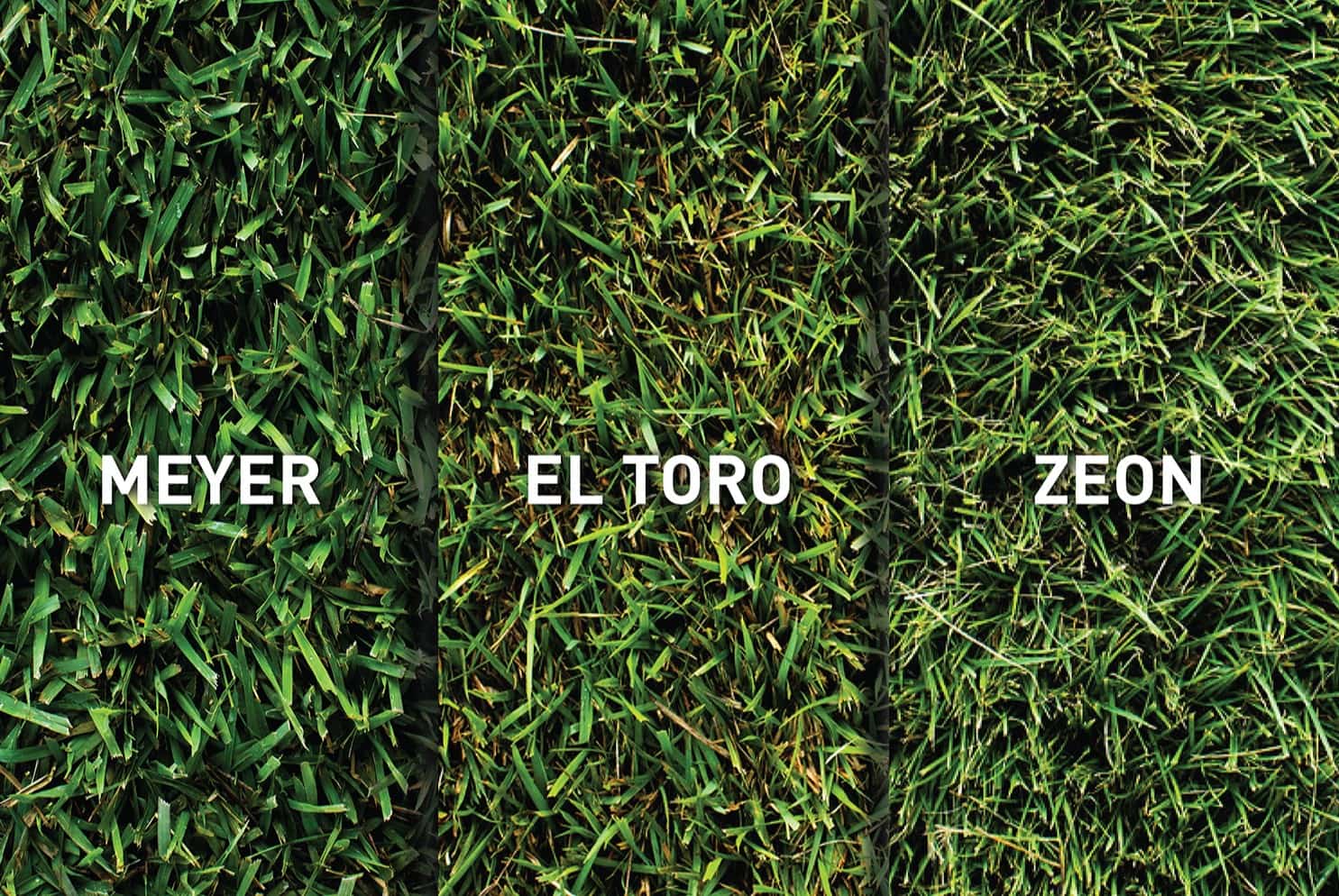
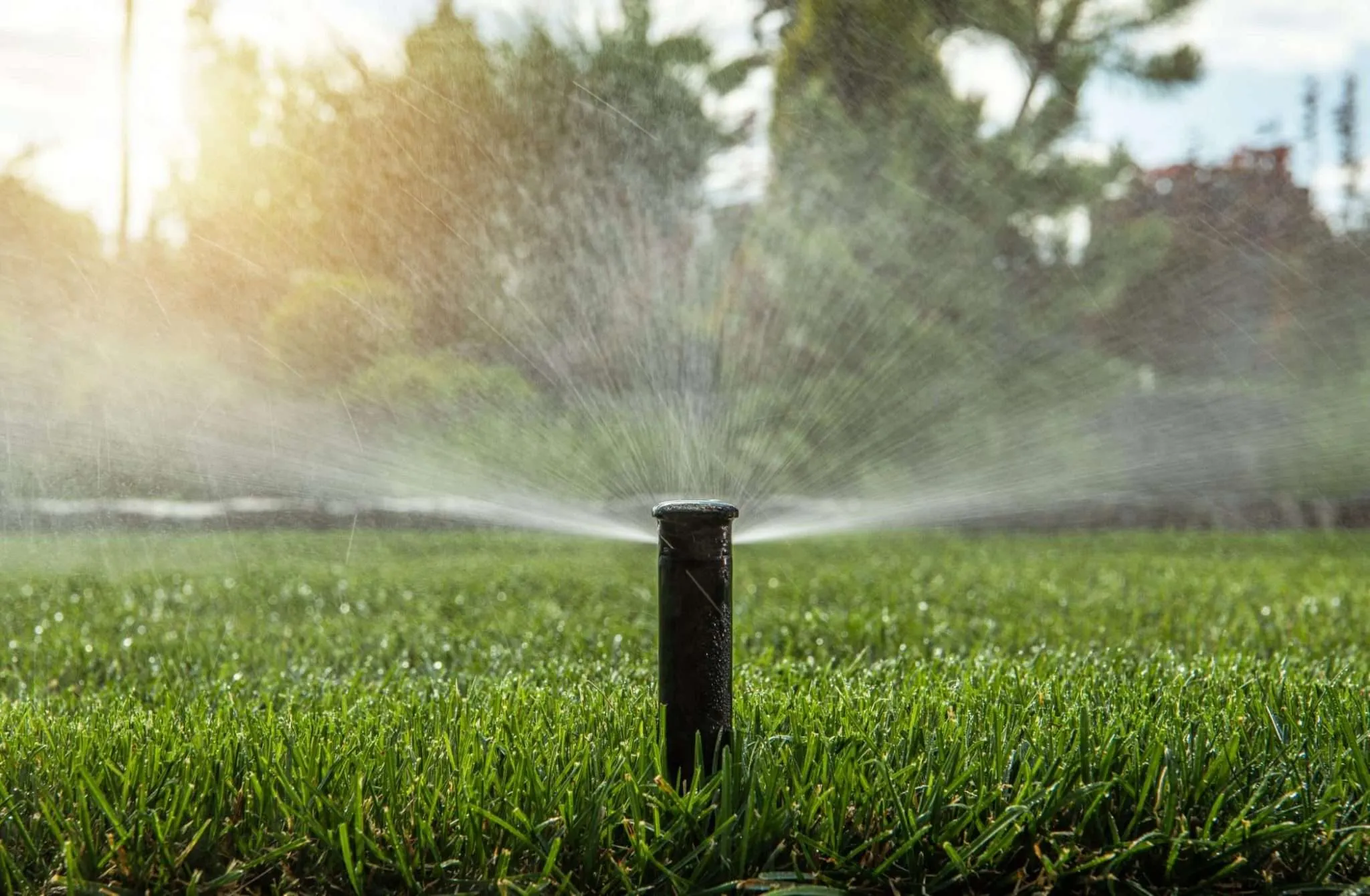
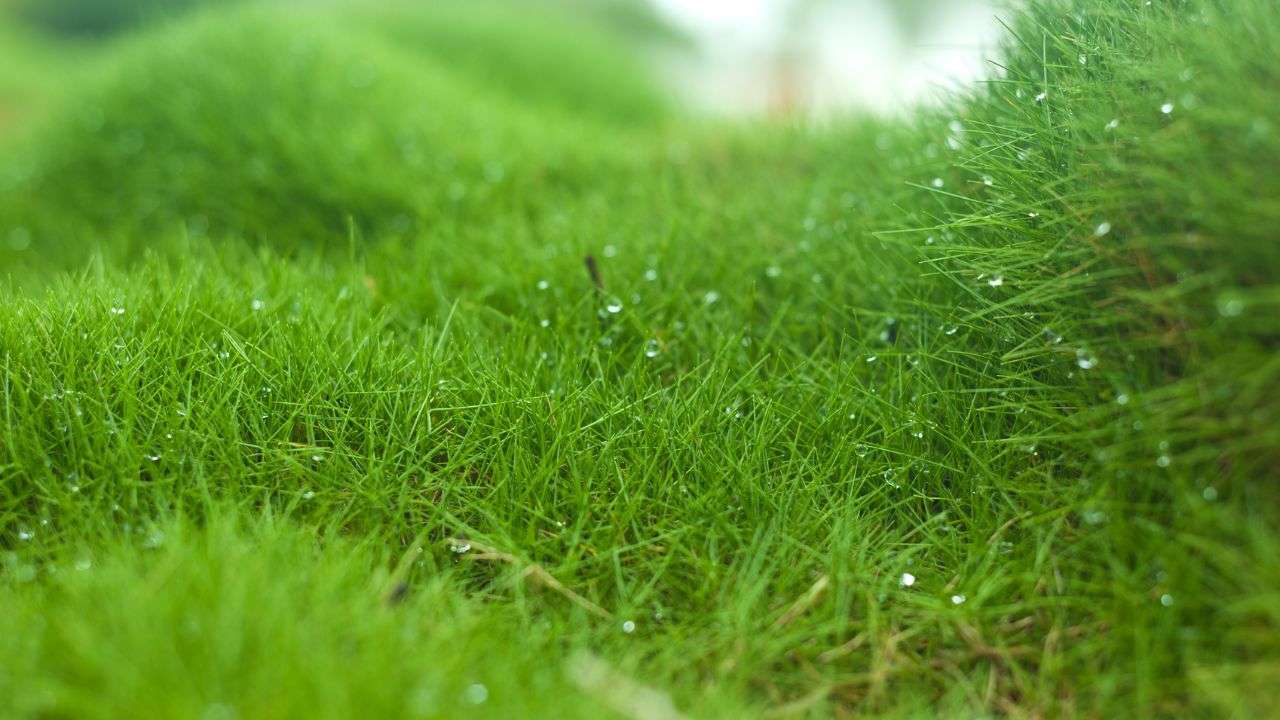
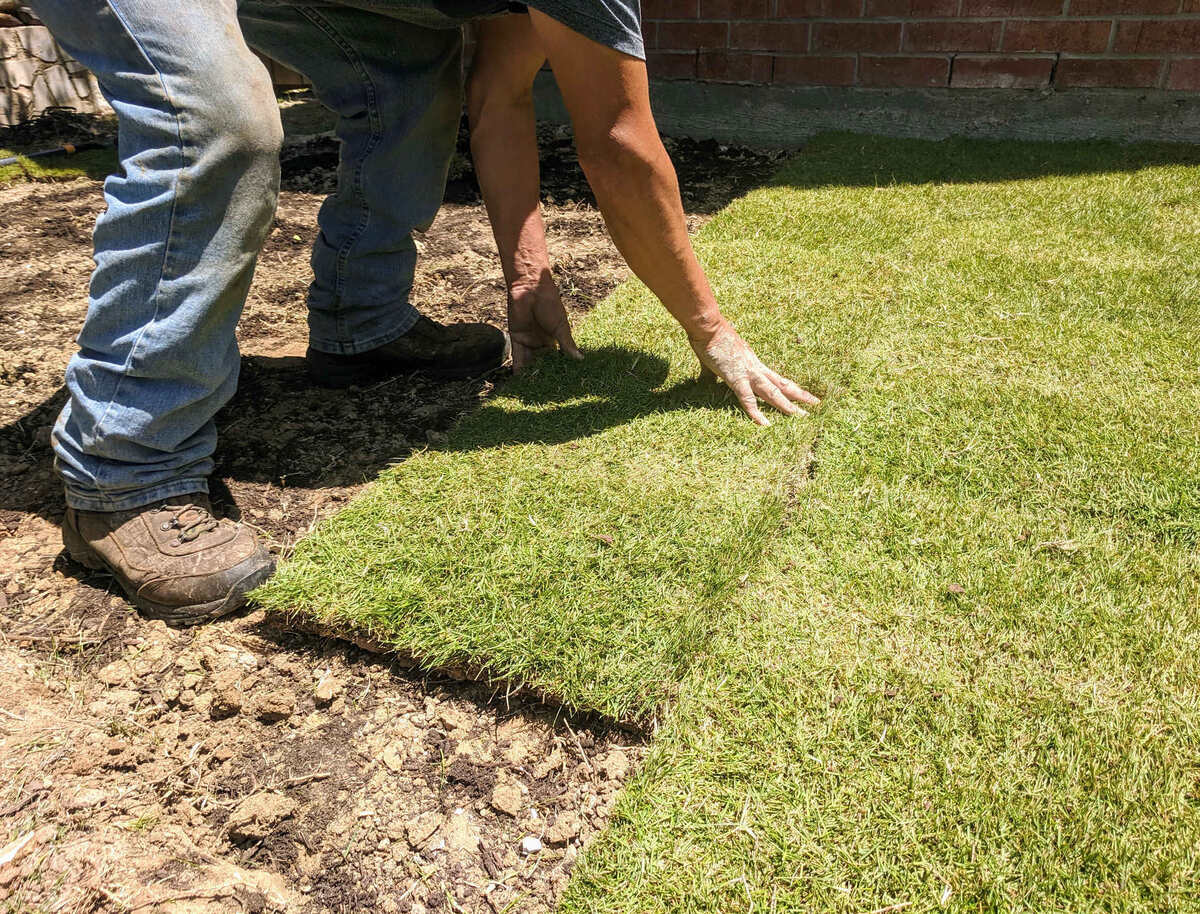
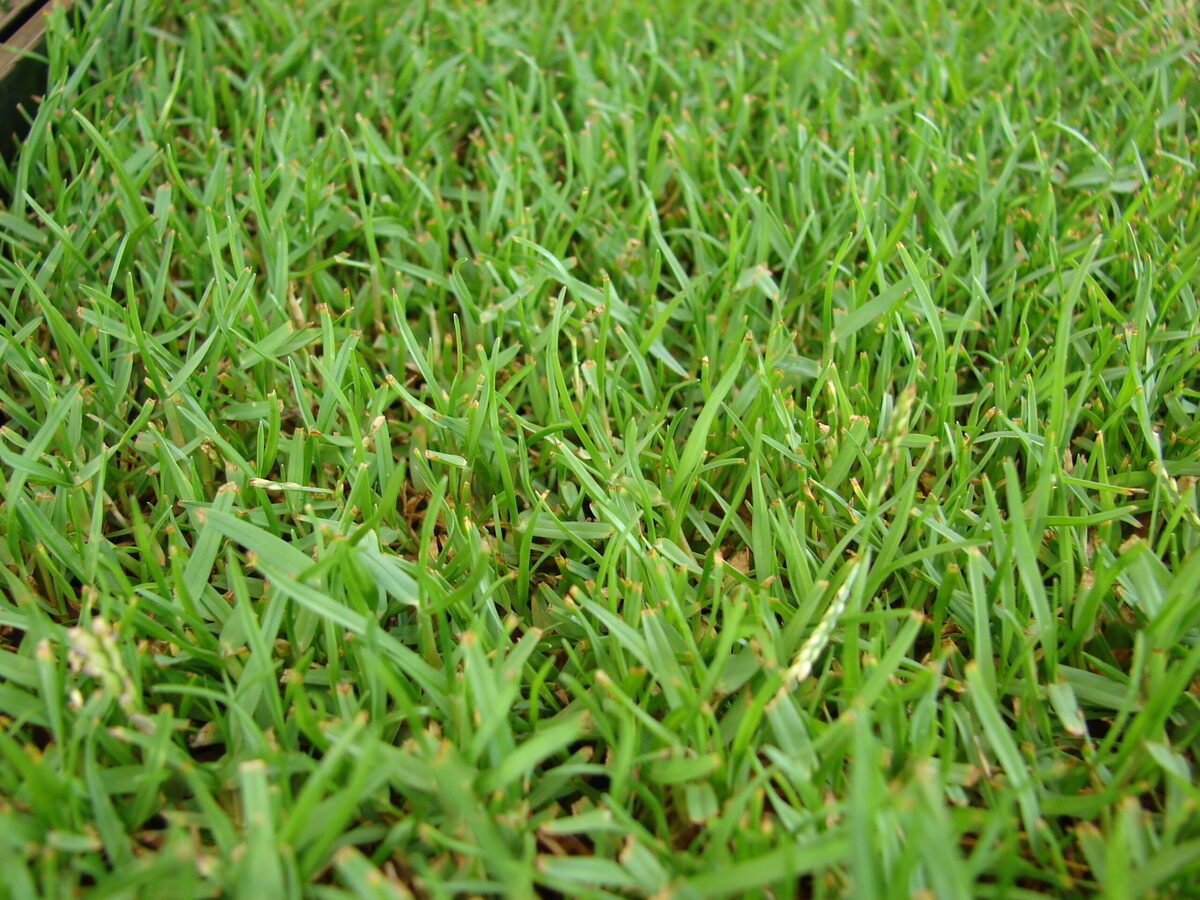
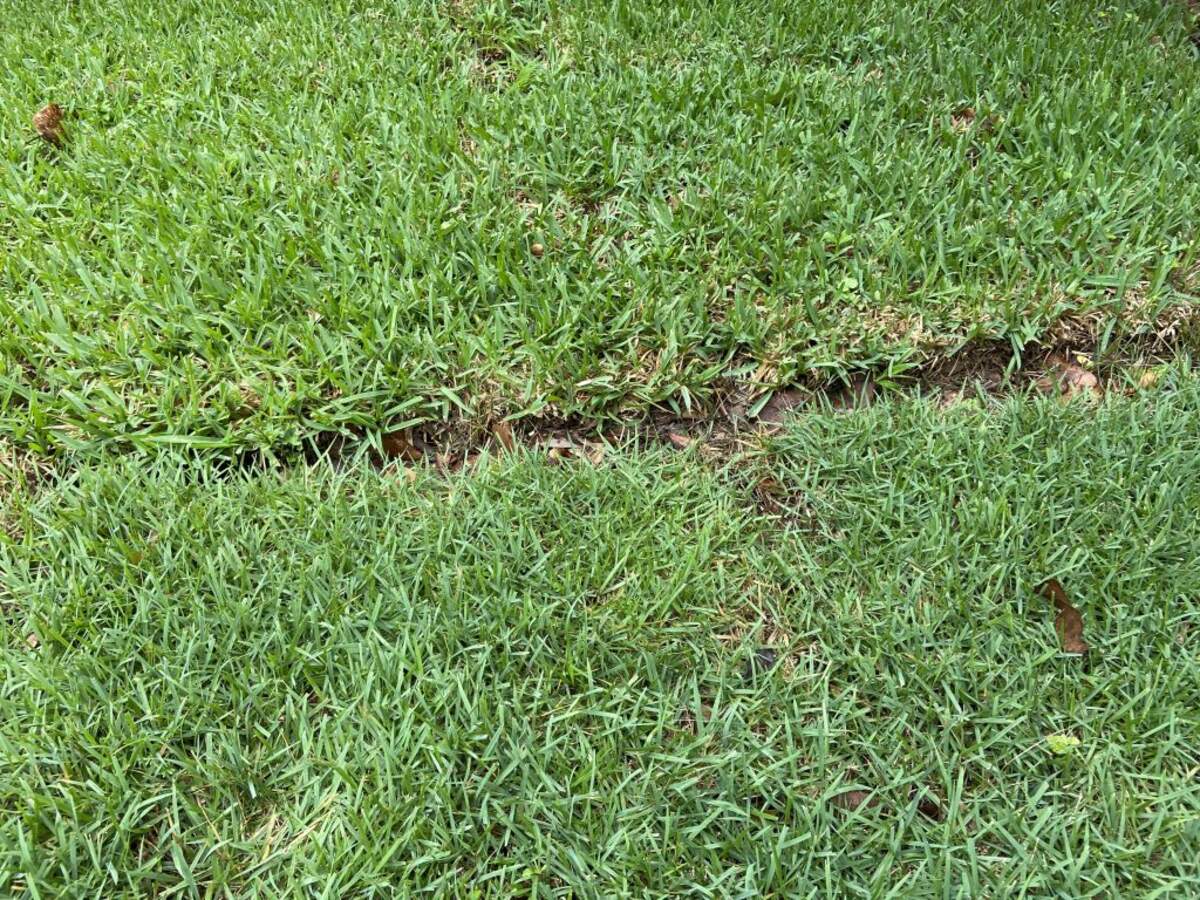

0 thoughts on “How Often To Fertilize Zoysia Grass”